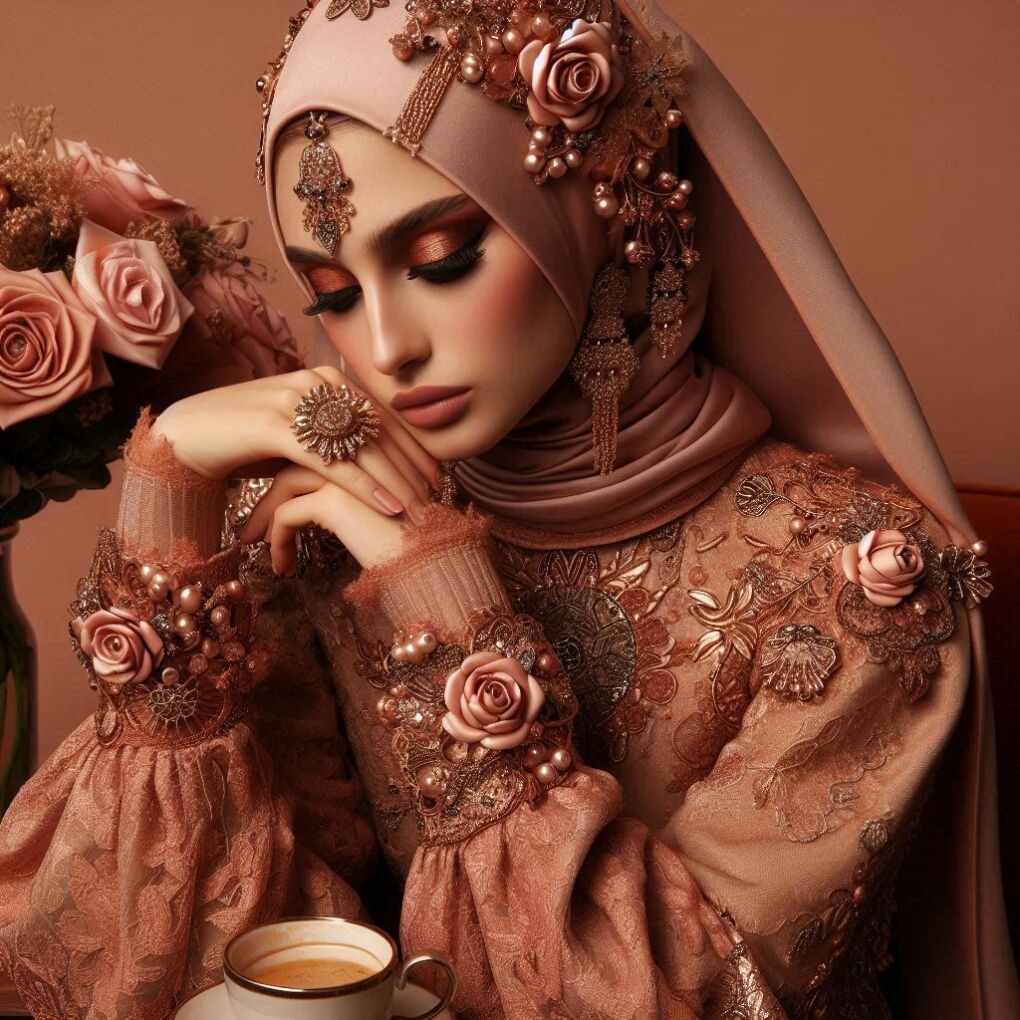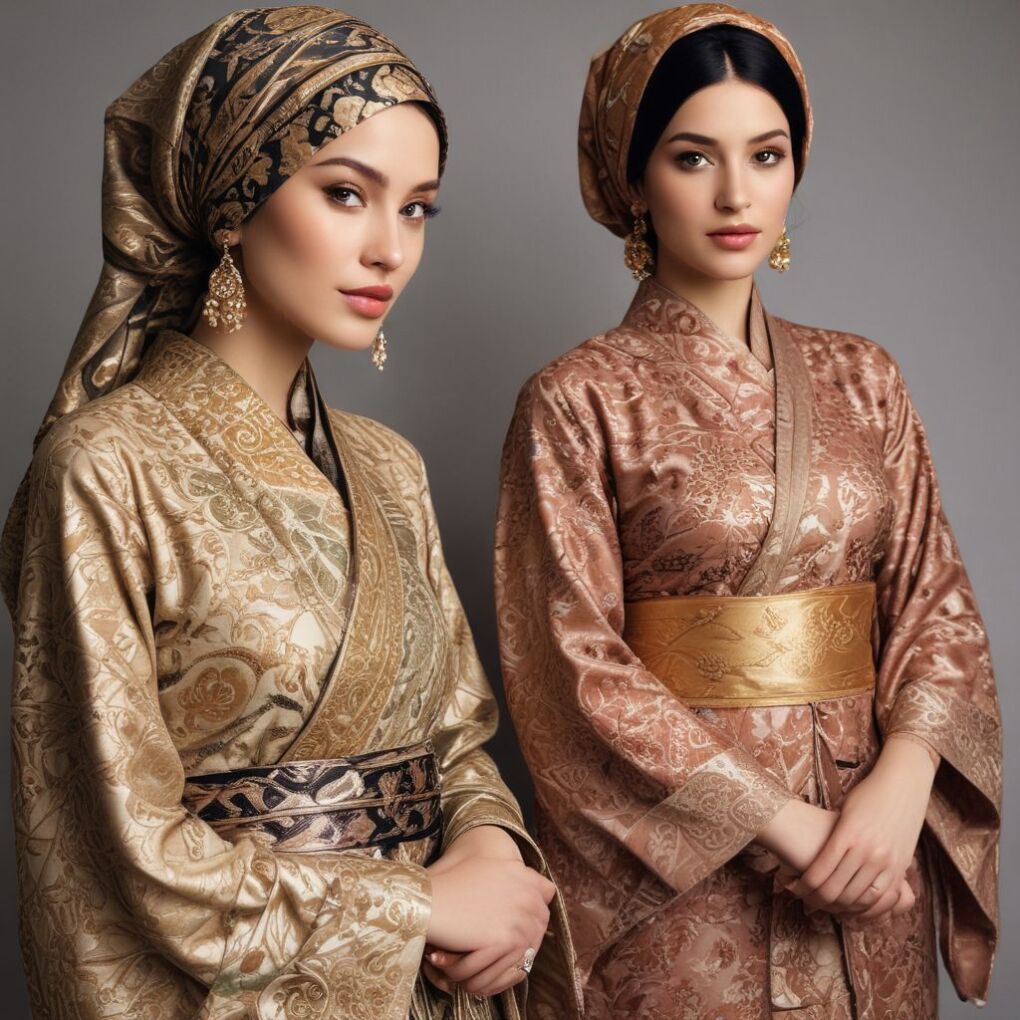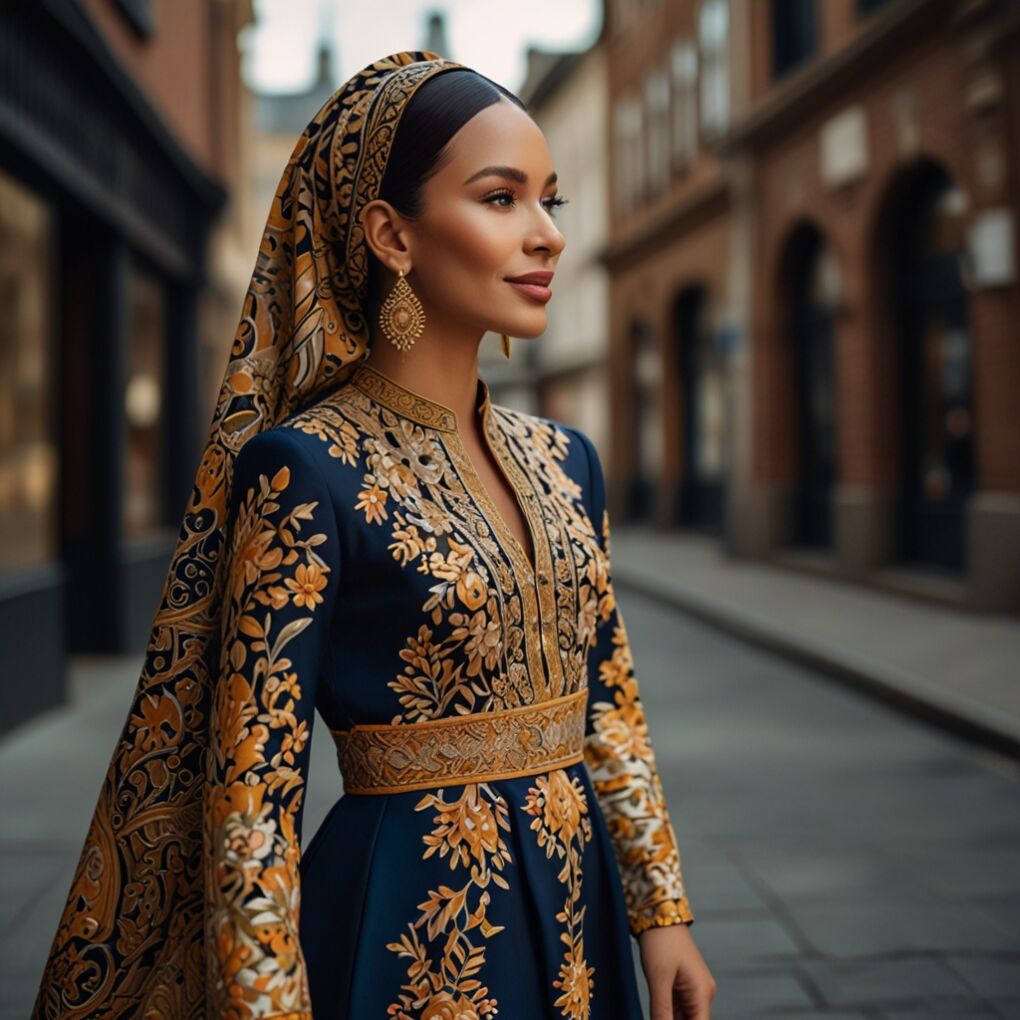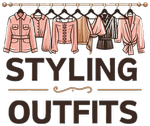In a world where fashion trends often prioritize revealing styles, a powerful movement is gaining momentum: modest fashion. This trend celebrates the beauty of subtlety, the grace of covered silhouettes, and the empowerment that comes from dressing according to one’s values. From high-end runways to everyday street style, modest fashion is making its mark, proving that style and modesty can coexist harmoniously.

What Is Modest Fashion?
Modest fashion refers to a style of dressing that emphasizes covering more of the body while still maintaining a fashionable and contemporary look. It’s not about hiding one’s figure but about making thoughtful choices that reflect personal, cultural, or religious values. Key elements often include:
- Longer hemlines (below the knee or ankle-length)
- Higher necklines
- Long sleeves
- Looser fits
- Layering techniques
The interpretation of modest fashion varies widely. For some, it means covering everything except the face and hands. For others, it might simply mean avoiding overly revealing or tight-fitting clothes. The beauty of modest fashion lies in its flexibility—it’s a personal journey, not a rigid set of rules.
The Rise of Modest Fashion
Modest fashion isn’t new; many cultures have long-standing traditions of dressing modestly. However, its mainstream recognition and commercial success are relatively recent phenomena. Several factors have contributed to this rise:
- Religious Resurgence: Many women are embracing modest fashion as a way to express their faith, be it Islam, Judaism, Christianity, or others.
- Body Positivity: The movement encourages women to dress in ways that make them feel comfortable and confident.
- Cultural Pride: Many are using fashion to celebrate their cultural heritage.
- Celebrity Influence: High-profile figures like Halima Aden and Mariah Idrissi have become icons in the modest fashion world.
- Designer Interest: Major brands like Dolce & Gabbana and Nike have launched modest fashion lines.
According to a report by Grand View Research, the global modest fashion market size was valued at USD 283.0 billion in 2021 and is expected to grow at a compound annual growth rate (CAGR) of 5.0% from 2022 to 2030. This growth reflects not just a trend, but a significant shift in consumer preferences.
Breaking Stereotypes
One common misconception is that modest fashion is dull or matronly. Nothing could be further from the truth. Today’s modest fashion scene is vibrant, diverse, and cutting-edge. Designers and influencers are proving that modesty and style are not mutually exclusive.
Take, for example, the work of Batsheva Hay, whose brand Batsheva reimagines traditional modest silhouettes with bold prints and unexpected details. Or consider Haute Hijab, a brand that offers luxurious, fashion-forward headscarves. These brands show that modest fashion can be just as innovative and exciting as any other segment of the industry.
“Modesty doesn’t mean one size fits all. It’s about finding what makes you feel comfortable and confident.” – Halima Aden, Model and UNICEF Ambassador
Modest Fashion Across Cultures
Modest fashion transcends any single culture or religion. Let’s explore how it manifests in different parts of the world:

Middle East
- Abayas: Long, flowing robes often in black but increasingly in vibrant colors
- Hijabs & Shaylas: Headscarves in a wide array of styles and fabrics
- Notable Brand: Modanisa (Turkey)
South Asia
- Salwar Kameez: Long tunic with loose pants
- Dupattas: Long scarves used for both style and modesty
- Notable Brand: Khaadi (Pakistan)
East Asia
- Qipao: High-necked, long Chinese dress
- Hanbok: Traditional Korean ensemble with full skirt
- Notable Brand: Ong Shunmugam (Singapore)
Western World
- Maxi Dresses: Floor-length dresses in various styles
- Layered Looks: Combining long-sleeved tops under dresses
- Notable Brand: The Fold (UK)
| Region | Key Garments | Cultural Significance |
|---|---|---|
| Middle East | Abayas, Hijabs | Religious and cultural identity |
| South Asia | Salwar Kameez, Dupattas | Symbol of grace and tradition |
| East Asia | Qipao, Hanbok | National pride and historical continuity |
| Western World | Maxi Dresses, Layered Looks | Personal choice and comfort |
Influencers Shaping the Movement
Social media has been a game-changer for modest fashion, providing a platform for influencers to showcase their unique takes on modesty. Here are some trailblazers:
- Dina Tokio (UK) – Known for her eclectic, high-fashion modest style
- Ascia Al Faraj (Kuwait) – Pioneered the turban style among modest fashion influencers
- Leah Vernon (USA) – A plus-size model advocating for body positivity in modest fashion
- Hana Tajima (UK/Japan) – Designer who collaborated with Uniqlo for modest wear collections
These influencers don’t just style outfits; they’re changing perceptions and inspiring millions to embrace modest fashion on their own terms.
High Fashion Embraces Modesty
The modest fashion movement has caught the attention of the world’s most prestigious fashion houses. Their involvement signifies a major shift in the industry’s perception of modesty. Some notable examples:

- Dolce & Gabbana: Launched a line of luxury abayas and hijabs in 2016
- Oscar de la Renta: Designed a Ramadan collection featuring kaftans and maxi dresses
- Burberry: Introduced a scarf-dress hybrid, appealing to the modest fashion market
- Nike: Released the Pro Hijab for Muslim female athletes
These collaborations show that modesty isn’t a constraint but a creative challenge that can lead to innovative designs.
Sustainability and Modest Fashion
There’s a natural alignment between modest fashion and sustainability. Many consumers who choose modest wear do so out of a desire for mindful living, which often extends to environmental concerns. This has led to a rise in eco-friendly modest fashion brands:
- Etrican (Canada): Uses organic cotton and recycled polyester
- LEEM (UAE): Focuses on biodegradable fabrics and ethical production
- Tuniq (USA): Creates modest swimwear from recycled ocean plastics
By choosing quality over quantity and timeless styles over fast fashion, modest fashion encourages a more sustainable approach to dressing.
Modest Fashion in Sports
The world of sports is also becoming more inclusive, thanks to modest fashion. Athletes who wish to dress modestly no longer have to choose between their values and their passion. Some milestones:
- 2016: Burkini debuts at Rio Olympics, worn by Egyptian beach volleyball team
- 2017: Nike launches Pro Hijab after years of research with Muslim athletes
- 2019: NBA allows hijabs and other head coverings without prior approval
- 2021: Tokyo Olympics sees highest participation of modestly dressed athletes
These changes aren’t just symbolic; they’re opening doors for countless women who felt excluded from sports.
“I want to be an example for little girls that there isn’t one way to be beautiful.” – Ibtihaj Muhammad, Olympic Fencer
The Business of Modest Fashion
The growth of modest fashion isn’t just a cultural phenomenon; it’s a substantial business opportunity. Here’s why brands are taking notice:
- Large Market: With over 1.9 billion Muslims worldwide, many of whom prefer modest fashion, it’s a massive demographic.
- High Spending Power: The global Muslim population’s spending on fashion is projected to reach $402 billion by 2024.
- Year-Round Demand: Unlike seasonal trends, modest fashion is a constant need.
- Crossover Appeal: Many non-religious consumers also prefer modest styles.
For entrepreneurs and investors, modest fashion represents an underserved market with enormous potential.
Challenges and Criticisms
Despite its success, modest fashion faces its share of challenges:
- Cultural Appropriation: Some argue that Western brands are commodifying religious dress without understanding its significance.
- Authenticity: There’s debate over whether luxury brands truly grasp modest fashion or are just capitalizing on a trend.
- Body Shaming: Critics argue that promoting modesty can inadvertently shame those who dress differently.
- Limited Plus Sizes: Many modest fashion brands have been slow to offer inclusive sizing.
Addressing these concerns is crucial for the movement’s long-term credibility and growth.
DIY Modest Fashion
One of the most empowering aspects of modest fashion is its DIY ethos. Many women creatively adapt mainstream clothing to suit their modest preferences:
- Layer a turtleneck under a sleeveless dress
- Use a scarf as a makeshift cardigan
- Add a maxi skirt under a knee-length dress
- Sew extensions to lengthen sleeves or hems
These hacks not only make fashion more accessible but also encourage personal expression.
Modest Fashion and Mental Health
There’s growing recognition of the psychological benefits of modest fashion:
- Body Image: By shifting focus from the body to the outfit, it can reduce appearance-related anxiety.
- Confidence: Dressing in line with one’s values boosts self-esteem.
- Protection: Some find that modest dress provides a sense of security in public spaces.
- Identity: It offers a way to express cultural or religious identity proudly.
Dr. Sarah Gervais, a psychology professor at the University of Nebraska, notes, “When women feel objectified, it can lead to a range of mental health issues. Modest fashion may offer some women a way to de-emphasize sexualization.”
The Future of Modest Fashion
What does the future hold for modest fashion? Industry experts predict several trends:
- Tech Integration: Smart fabrics that regulate temperature, crucial for those fully covered
- Gender Fluidity: More unisex modest fashion options
- Virtual Try-Ons: AR and VR to help consumers visualize modest styles
- Adaptive Fashion: Collaborations with brands serving those with disabilities
- Global Fusions: Blending modest styles from different cultures
The future of modest fashion is not just about covering up; it’s about opening up—to new ideas, technologies, and ways of expressing personal style.
How to Build a Modest Wardrobe
For those new to modest fashion, building a wardrobe can seem daunting. Here’s a starter guide:
- Define Your Style:
- Bohemian
- Minimalist
- Preppy
- Edgy
- Essential Pieces:
- 2-3 maxi dresses
- 2 long cardigans
- 1 pair wide-leg pants
- 1 long-sleeved blouse
- 1 maxi skirt
- Accessorize:
- Scarves (multiple)
- Statement jewellery
- Wide-brim hats
- Oversized sunglasses
- Color Palette:
- Choose a base (black, navy, beige)
- Add 2-3 accent colours
Remember, start small and build gradually as you refine your modest fashion identity.
Conclusion: More Than Just Clothes
Modest fashion is more than a style; it’s a statement. In a world that often equates revealing more with being more fashionable or liberated, choosing modesty is a powerful act. It says, “My worth isn’t determined by how much skin I show.” It declares that women should be free to dress according to their personal, cultural, or religious values without being seen as oppressed or unfashionable.
This movement challenges the fashion industry to think beyond convention, to recognize that beauty comes in many forms. It invites designers to be more innovative, retailers to be more inclusive, and consumers to be more thoughtful about their choices.
Most importantly, modest fashion champions diversity. It celebrates the fact that women around the world have different ideas about what makes them feel beautiful, empowered, and true to themselves. In doing so, it makes fashion more accessible, more representative, and ultimately, more human.
In the tapestry of global fashion, modest wear isn’t just a thread; it’s becoming a prominent, vibrant pattern—one that adds depth, richness, and meaning to the entire design.
